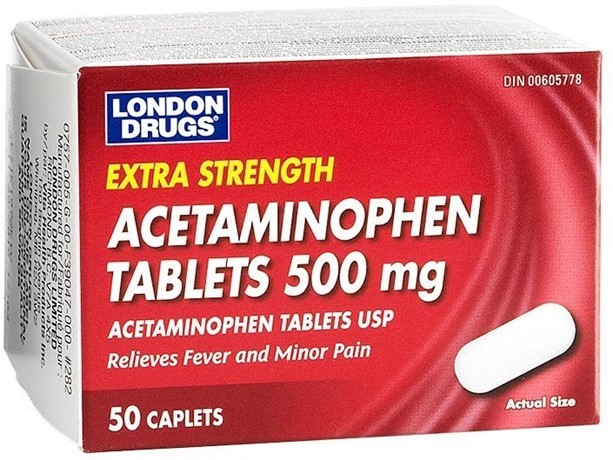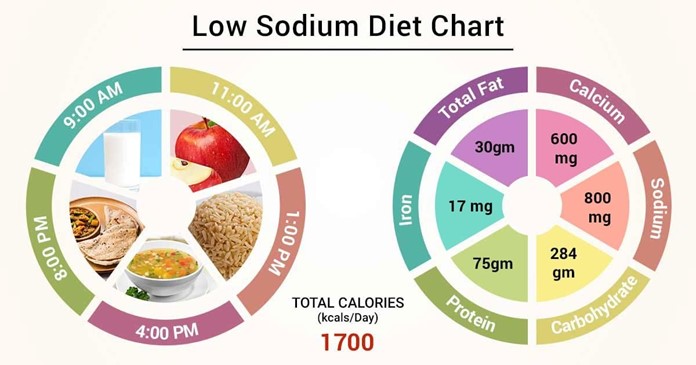A nurse is providing teaching about iron deficiency anemia to the parents of an infant. Which of the following should the nurse recommend as a method of preventing iron deficiency anemia?
Limit intake of high-protein foods.
Mom should continue prenatal vitamins if breastfeeding or formula with an iron supplement.
Administer fat-soluble vitamins daily.
Include fluoridated water in the toddler's diet.
The Correct Answer is B
Choice A reason: This choice is incorrect because limiting intake of high-protein foods is not a method of preventing iron deficiency anemia. High-protein foods are foods that contain a large amount of protein, such as meat, poultry, fish, eggs, dairy products, beans, nuts, or seeds. Protein is a nutrient that helps to build and repair body tissues and support immune function. It may also provide iron, which is a mineral that helps to produce hemoglobin, the protein that carries oxygen in red blood cells. Therefore, limiting intake of high-protein foods may reduce iron intake and increase the risk of iron deficiency anemia.
Choice B reason: This choice is correct because mom should continue prenatal vitamins if breastfeeding or formula with an iron supplement is a method of preventing iron deficiency anemia. Prenatal vitamins are supplements that contain various vitamins and minerals that are essential for pregnant or lactating women and their babies. They may include iron, which helps to prevent maternal and infant anemia. Formula with an iron supplement is a type of infant formula that contains added iron to meet the nutritional needs of infants who are not breastfed or partially breastfed. Therefore, mom should continue prenatal vitamins if breastfeeding or formula with an iron supplement can help to provide adequate iron intake and prevent iron deficiency anemia.
Choice C reason: This choice is incorrect because administering fat-soluble vitamins daily is not a method of preventing iron deficiency anemia. Fat-soluble vitamins are vitamins that dissolve in fat and can be stored in the body, such as vitamins A, D, E, and K. They have various functions such as maintaining vision, bone health, skin health, and blood clotting. They do not have a direct role in preventing iron deficiency anemia.
Choice D reason: This choice is incorrect because including fluoridated water in the toddler's diet is not a method of preventing iron deficiency anemia. Fluoridated water is water that contains fluoride, which is a substance that helps to prevent tooth decay and cavities. It does not have a direct role in preventing iron deficiency anemia.
Nursing Test Bank
Naxlex Comprehensive Predictor Exams
Related Questions
Correct Answer is B
Explanation
Choice A: This instruction is not correct, as the child should avoid taking a tub bath for the first 3 days after a cardiac catheterization, which is a procedure that involves inserting a thin tube into a blood vessel and advancing it to the heart to diagnose or treat heart problems. Taking a tub bath can increase the risk of infection or bleeding at the insertion site, which is usually in the groin or arm. The child should take a shower instead and keep the insertion site clean and dry.
Choice B: This instruction is correct, as the child may experience some discomfort or soreness at the insertion site after a cardiac catheterization. Giving the child acetaminophen can help relieve the pain and reduce inflammation. The child should avoid taking aspirin or ibuprofen, as they can increase the risk of bleeding.
Choice C: This instruction is not correct, as the child does not need to stay home for 1 week after a cardiac catheterization unless there are complications or specific instructions from the provider. The child can resume normal activities within 2 to 3 days after the procedure, as long as they avoid strenuous exercise, heavy lifting, or contact sports.
Choice D: This instruction is not correct, as the child does not need to limit their diet to clear liquids for the first 24 hours after a cardiac catheterization unless there are complications or specific instructions from the provider. The child can resume their regular diet as soon as they feel hungry and drink plenty of fluids to flush out the contrast dye used during the procedure.

Correct Answer is D
Explanation
Choice A reason: This choice is incorrect because a regular diet, no added salt may not be sufficient to prevent fluid retention and hypertension in a child who has acute glomerulonephritis. Acute glomerulonephritis is an inflammation of the glomeruli, which are the tiny blood vessels that filter blood in the kidneys. It may cause symptoms such as hematuria, proteinuria, oliguria, edema, or hypertension. Therefore, avoiding salt alone may not reduce sodium and water intake and excretion.
Choice B reason: This choice is incorrect because a low-protein, low-potassium diet may not be necessary for a child who has acute glomerulonephritis. A low-protein, low-potassium diet may be indicated for a child who has chronic kidney disease or end-stage renal disease, which can cause uremia, hyperkalemia, or metabolic acidosis. However, in acute glomerulonephritis, the kidney function usually recovers within weeks or months, and the protein and potassium levels are not significantly affected.
Choice C reason: This choice is incorrect because a low-carbohydrate, low-protein diet may not be appropriate for a child who has acute glomerulonephritis. A low-carbohydrate, low-protein diet may be used for a child who has diabetes mellitus or ketosis-prone epilepsy, which can cause hyperglycemia or ketone production. However, in acute glomerulonephritis, carbohydrate metabolism is not impaired, and the protein intake should be adequate to prevent malnutrition and promote healing.
Choice D reason: This choice is correct because a low-sodium, fluid-restricted diet is an appropriate diet for a child who has acute glomerulonephritis. A low-sodium, fluid-restricted diet helps to reduce the fluid retention and hypertension by limiting the sodium and water intake and excretion. The sodium intake should be less than 2 g per day, and the fluid intake should be equal to the urine output plus 500 mL per day.

Whether you are a student looking to ace your exams or a practicing nurse seeking to enhance your expertise , our nursing education contents will empower you with the confidence and competence to make a difference in the lives of patients and become a respected leader in the healthcare field.
Visit Naxlex, invest in your future and unlock endless possibilities with our unparalleled nursing education contents today
Report Wrong Answer on the Current Question
Do you disagree with the answer? If yes, what is your expected answer? Explain.
Kindly be descriptive with the issue you are facing.
